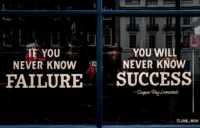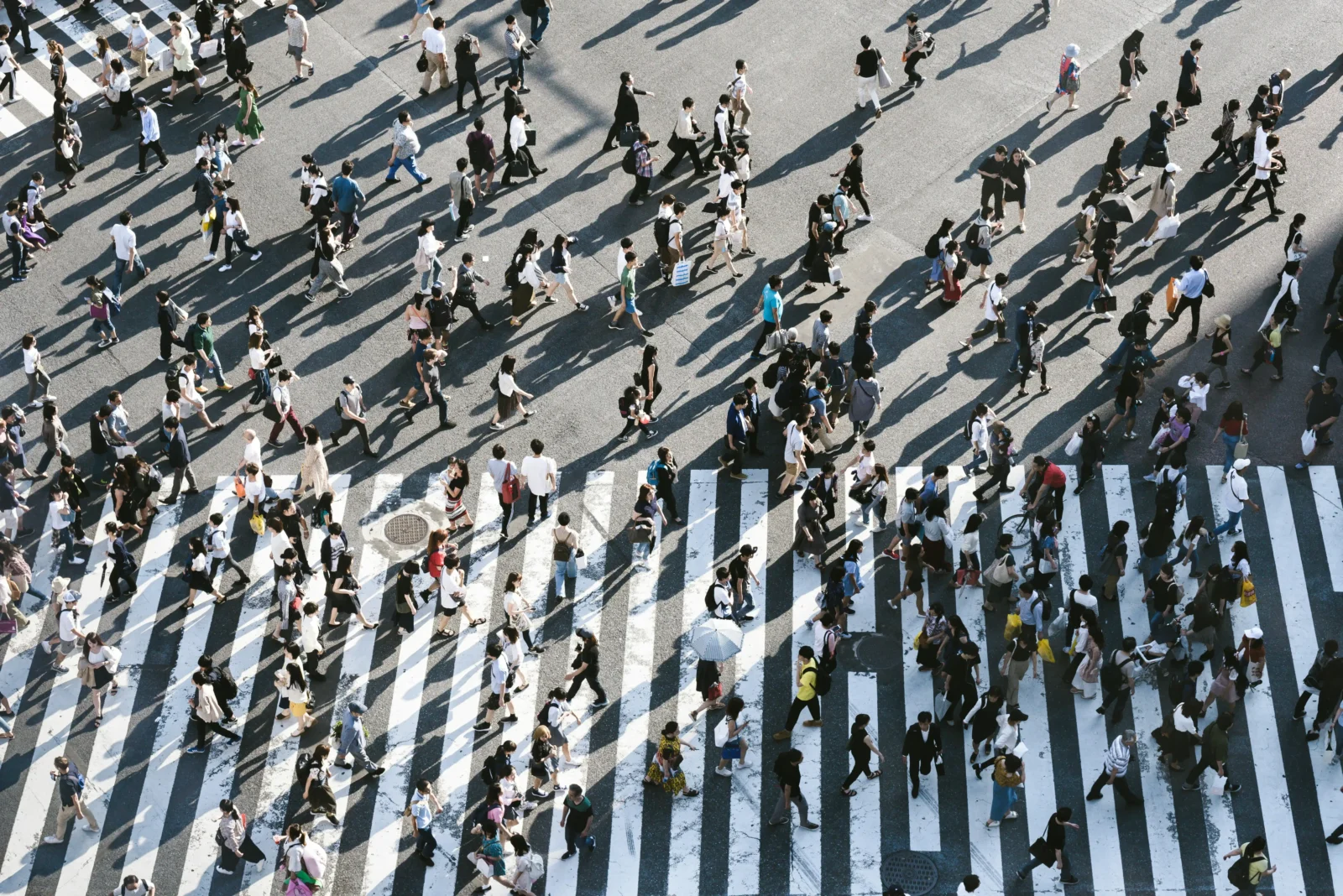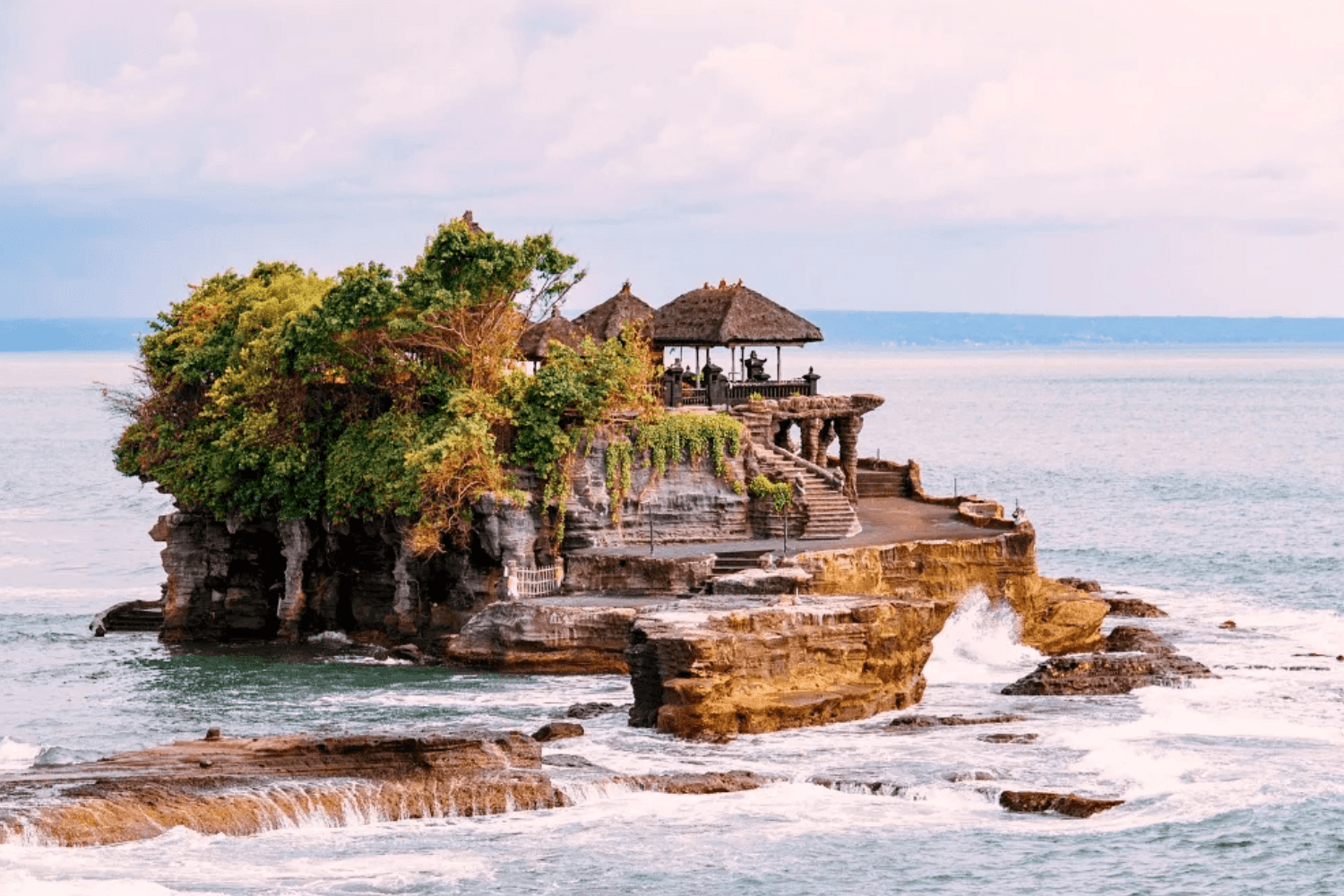- Home
- Articles
- Architectural Portfolio
- Architectral Presentation
- Inspirational Stories
- Architecture News
- Visualization
- BIM Industry
- Facade Design
- Parametric Design
- Career
- Landscape Architecture
- Construction
- Artificial Intelligence
- Sketching
- Design Softwares
- Diagrams
- Writing
- Architectural Tips
- Sustainability
- Courses
- Concept
- Technology
- History & Heritage
- Future of Architecture
- Guides & How-To
- Art & Culture
- Projects
- Interior Design
- Competitions
- Jobs
- Store
- Tools
- More
- Home
- Articles
- Architectural Portfolio
- Architectral Presentation
- Inspirational Stories
- Architecture News
- Visualization
- BIM Industry
- Facade Design
- Parametric Design
- Career
- Landscape Architecture
- Construction
- Artificial Intelligence
- Sketching
- Design Softwares
- Diagrams
- Writing
- Architectural Tips
- Sustainability
- Courses
- Concept
- Technology
- History & Heritage
- Future of Architecture
- Guides & How-To
- Art & Culture
- Projects
- Interior Design
- Competitions
- Jobs
- Store
- Tools
- More
How Modular Construction is Transforming the Building Landscape in the USA
Modular construction is shaking up the way we build in the USA, bringing efficiency and innovation to the forefront. Unlike traditional methods, modular construction involves creating sections of buildings off-site in controlled environments, which are then transported and assembled on location. This approach not only speeds up the building process but also reduces waste and enhances quality control.

Modular construction is shaking up the way we build in the USA, bringing efficiency and innovation to the forefront. Unlike traditional methods, modular construction involves creating sections of buildings off-site in controlled environments, which are then transported and assembled on location. This approach not only speeds up the building process but also reduces waste and enhances quality control.
As urban areas continue to expand, the demand for quick, sustainable, and cost-effective building solutions has never been higher. Modular construction meets these needs by offering a versatile and scalable option that can be tailored to various types of projects, from residential homes to large commercial spaces. Companies like Moddulx are at the forefront of this transformation, showcasing how modular techniques can deliver efficient, high-quality results without compromising on design or functionality. Let’s dive into how this game-changing technology is transforming the landscape of American construction.

Table of Contents
ToggleUnderstanding Modular Construction
Modular construction involves building sections or modules off-site under controlled conditions before assembling them on-site. This method accelerates construction timelines and ensures consistent quality.
What Is Modular Construction?
Modular construction refers to a process where buildings are created in separate sections, called modules, in a factory setting. These modules go through rigorous quality control measures before being transported to the construction site. Once on-site, workers assemble the modules to form a complete structure. This process allows for better precision and adherence to building codes.
Key Benefits of Modular Construction
Modular construction offers several advantages:
- Speed: Modular projects typically reduce construction timelines by 20-50% compared to traditional methods. This acceleration comes from simultaneous off-site module fabrication and on-site foundation work.
- Cost Savings: Costs are lower due to decreased labor hours and reduced material waste during manufacturing.
- Quality Control: Factory settings improve quality control and minimize defects, as the environment is regulated and consistent.
- Sustainability: Modular methods generate less waste and often use eco-friendly materials, contributing to greener building projects.
- Safety: Factory-controlled environments enhance safety by reducing exposure to on-site hazards like weather.
Modular construction transforms how we build in the USA, providing efficient, cost-effective, and sustainable solutions.

How Modular Construction Is Transforming the USA Building Landscape
Modular construction is changing how we approach construction projects, from residential areas to commercial spaces. This method’s efficiency and innovation are driving a significant transformation in how we build.
Impact on Housing
Modular construction impacts housing by providing faster, more affordable solutions. Traditional construction often faces delays and cost overruns, while modular homes can be assembled quickly on-site after being pre-built in a factory. This reduces labor costs and time investments. Furthermore, modular homes boast higher quality control due to the controlled factory environment, leading to fewer defects and improved durability. This approach also allows for customization, catering to various needs and preferences.
Impact on Commercial Buildings
Commercial buildings benefit from modular construction through accelerated timelines and minimized disruption. Traditional methods often impede business operations; however, modular construction reduces on-site build time and interruptions. This is especially beneficial for locations requiring rapid setup or those prone to weather-related delays. Businesses save significantly on operational costs due to reduced downtime. With prefabricated components meeting high-quality standards, commercial spaces achieve better consistency and compliance with building codes.
Advantages of Modular Construction in Urban Development
Modular construction offers significant advantages for urban development, making it a preferred choice in many cities across the USA.
Sustainable Building Practices
Modular construction promotes sustainability by reducing waste and utilizing eco-friendly materials. Factory-controlled environments ensure precise measurements, leading to minimal material waste. For example, factory assembly lines cut wood, metal, and drywall to exact specifications. Energy-efficient building systems can be integrated more seamlessly, reducing the overall carbon footprint. According to a report by Dodge Data & Analytics, modular construction can cut material waste by up to 50%.
Speed of Construction
Construction speed is a critical benefit in urban settings confronting housing shortages and commercial demand. Modular construction accelerates timelines by allowing site work and building assembly to occur simultaneously. For example, while foundations are being prepared on-site, building modules are fabricated in a factory. According to the Modular Building Institute, this parallel workflow can reduce project timelines by 30% to 50%. This efficiency alleviates congestion and minimizes on-site disruptions, benefiting both developers and residents.

Challenges Facing Modular Construction
Despite the benefits of modular construction, several challenges hinder its widespread adoption in the USA.
Regulatory Hurdles
Regulatory inconsistencies across different states create significant obstacles for modular construction. Each state, sometimes each locality, has its own building codes and standards, making it hard to design modules that comply universally. Unlike traditional constructions, where codes can be addressed on-site, factory-built components need pre-approval, which is often a lengthy process. Streamlining these regulations is essential for broader acceptance of modular techniques.
Public Perception and Acceptance
Public perception plays a critical role in the adoption of modular construction. Many people still associate modular buildings with low-quality or temporary structures, which discourages investment. Education is key in changing these attitudes. By showcasing successful modular projects that meet high standards of quality and aesthetics, we can shift public opinion. Real estate developers and architects also need to advocate for the long-term benefits modular construction provides to improve its acceptance.
Emerging Trends in Modular Construction
Modular construction is evolving rapidly, introducing groundbreaking trends that shape the industry’s future.
Technological Innovations
Advanced technology, like Building Information Modeling (BIM), enhances modular construction precision. BIM facilitates digital prototypes, reducing errors during the building process. Robotics are increasingly used in modular factories to streamline assembly lines, decreasing production time significantly. Automated quality control systems ensure components meet stringent standards before leaving the factory, guaranteeing superior quality.
Expansion into New Markets
Modular construction is penetrating various sectors beyond residential housing. Commercial buildings, like hotels and office spaces, are now adopting modular methods for rapid setup. Healthcare facilities benefit from modular construction’s speed, allowing quicker delivery of critical infrastructure. Educational institutions use modular buildings to expand capacity efficiently, accommodating fluctuating student populations.

Conclusion
Modular construction significantly impacts the USA building landscape. Precision measurements in factory environments create minimal waste. Using eco-friendly materials contributes to sustainability. Accelerated construction timelines help address housing shortages and meet commercial demands in urban settings. While regulatory hurdles and public perception issues present challenges, advancements like Building Information Modeling (BIM) and robotics enhance efficiency.
Emerging trends show modular construction expanding into various markets. Commercial buildings, healthcare facilities, and educational institutions benefit from this method’s versatility and speed. As technology advances, the scope of modular construction will keep transforming our building landscape.
Strategic initiatives and continuous innovations ensure modular construction remains a vital part of our industry’s future. By overcoming current challenges, we can maximize the benefits and make significant strides in adopting this transformative approach.
- benefits of modular construction
- Building Innovation
- building landscape transformation
- construction trends
- cost of modular construction
- eco-friendly modular homes
- innovative construction methods
- modern building techniques
- modern construction trends
- modern modular buildings
- modular building benefits
- modular building trends USA
- modular construction companies
- modular construction technology
- modular construction USA
- modular homes America
- modular vs traditional construction
- off-site construction
- prefab buildings
- prefabricated buildings USA
- sustainable architecture
- sustainable building solutions
Trained as an architect and seasoned in the editorial trenches, I turn raw design concepts into compelling narratives that resonate beyond studio walls. My work spans in-depth project spotlights, interviews with visionary designers, and analysis pieces that distill complex technical data into accessible insights. Whether polishing copy for publication or generating original features, I draw on years of practice to ensure every sentence captures architecture’s rigor, poetry, and cultural impact—inviting professionals and enthusiasts alike to see the built environment through a sharper, more inspired lens.
Submit your architectural projects
Follow these steps for submission your project. Submission FormLatest Posts
Top Architecture Magazines Every Architect Should Read Today
Architecture magazines remain vital platforms for critical thought, cultural reflection, and professional...
Using Textured Concrete to Achieve Wood Aesthetics in Architectural Hardscaping
In contemporary landscape and architectural design, material expression plays a crucial role...
Pedestrian Accidents Without a Crosswalk: Can You Still Recover Compensation?
Getting hit while crossing outside a crosswalk can feel like an instant...
8 Examples of Successful Disaster Resilient Architecture
As climate risks increase, architects around the world are creating innovative structures...












Leave a comment